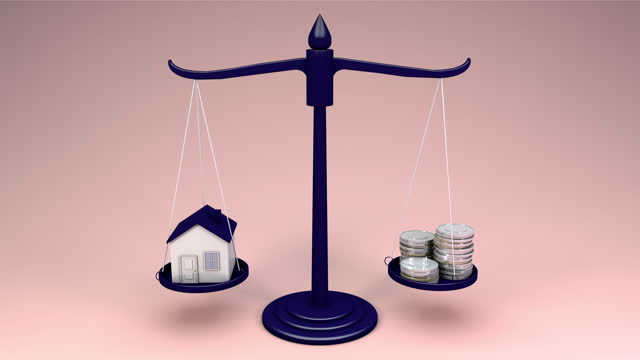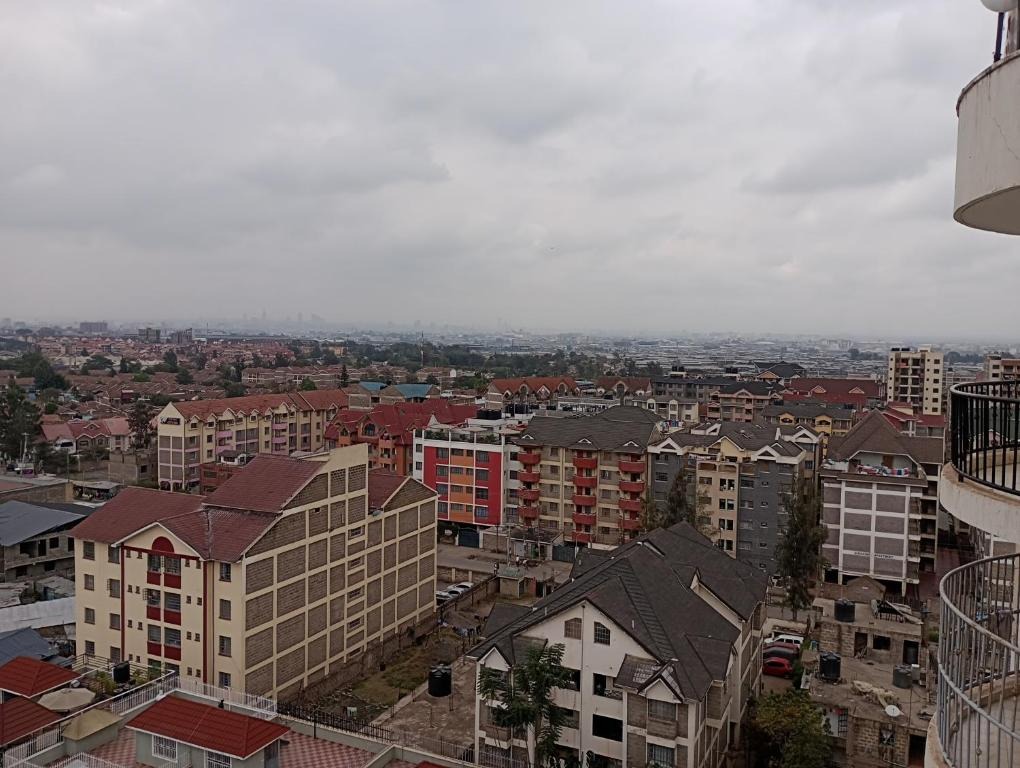Interest rates play a pivotal role in the economy, influencing various sectors, including real estate. For investors in real estate, understanding how interest rate fluctuations affect their investment returns is crucial. This article delves into the multifaceted relationship between interest rates and real estate investment returns, highlighting key factors and providing insights for savvy investors.
Understanding Interest Rates and Their Influence

Interest rates, set by central banks, dictate the cost of borrowing money. When interest rates rise, borrowing becomes more expensive, which can dampen economic activity. Conversely, lower interest rates make borrowing cheaper, encouraging investment and spending. For real estate investors, these fluctuations can significantly impact both the cost of financing and the value of properties.
The Cost of Financing

One of the most direct effects of interest rate changes on real estate investment is through the cost of financing. Real estate investments often involve substantial amounts of borrowed capital. When interest rates are low, investors can secure mortgages at favorable terms, reducing their cost of capital. This lower cost enhances cash flow and can make investments more attractive.
However, when interest rates rise, the cost of borrowing increases. Higher mortgage rates mean larger monthly payments, which can strain cash flows. Investors may find it harder to service their debt, reducing the profitability of their investments. For those with variable-rate loans, the impact is immediate, as their loan payments increase with rising rates.
Property Values and Cap Rates
Interest rates also influence property values through capitalization rates (cap rates). The cap rate is the rate of return on a real estate investment property based on the income that the property is expected to generate. It is calculated by dividing the property’s net operating income by its current market value.
When interest rates rise, cap rates tend to increase as well, assuming that the spread between cap rates and interest rates remains constant. An increase in cap rates leads to a decrease in property values. This inverse relationship occurs because higher borrowing costs reduce the attractiveness of real estate investments, leading to lower demand and, consequently, lower property prices.
Conversely, when interest rates decline, cap rates typically fall, leading to higher property values. Lower interest rates reduce borrowing costs, making real estate investments more attractive and increasing demand. This higher demand pushes property prices upward.
Investor Sentiment and Market Dynamics
Investor sentiment plays a significant role in real estate markets, and interest rate fluctuations can heavily influence this sentiment. When interest rates are low, the optimism among investors tends to increase. Cheaper financing options encourage more investments, leading to increased market activity and competition for properties. This competition can drive up property prices and create a more dynamic investment environment.
On the other hand, rising interest rates can lead to caution and conservatism among investors. Higher borrowing costs can deter new investments and slow market activity. Investors may delay or cancel planned acquisitions, leading to a softer market with potentially stagnant or declining property values.
Rental Income and Yield Expectations
Interest rates also affect rental income and yield expectations. In a low-interest-rate environment, investors might be willing to accept lower yields because their cost of capital is low. This can lead to higher property prices as investors compete for available properties.
However, in a high-interest-rate environment, investors demand higher yields to compensate for the increased cost of borrowing. This demand for higher yields can pressure property prices downward. Additionally, if higher interest rates lead to slower economic growth or a recession, rental income might decline as tenants struggle to meet higher rent payments or as demand for rental spaces diminishes.
Strategic Considerations for Investors
For real estate investors, navigating interest rate fluctuations requires strategic planning and adaptability. Diversifying investment portfolios can mitigate the risk associated with interest rate changes. Investors might consider a mix of fixed-rate and variable-rate financing to balance the benefits and risks.
Moreover, understanding the timing of interest rate cycles can be advantageous. Savvy investors often capitalize on low-interest-rate periods to acquire properties at favorable financing terms, positioning themselves for potential appreciation when rates rise. Conversely, during high-interest-rate periods, focusing on properties with strong cash flows and lower financing needs can help maintain investment returns.
Conclusion

Interest rate fluctuations have a profound impact on real estate investment returns, affecting everything from financing costs to property values and investor sentiment. By understanding these dynamics, real estate investors can make informed decisions and develop strategies to navigate the complexities of changing interest rates. In a world where economic conditions are constantly evolving, staying informed and adaptable is key to achieving success in real estate investment.







